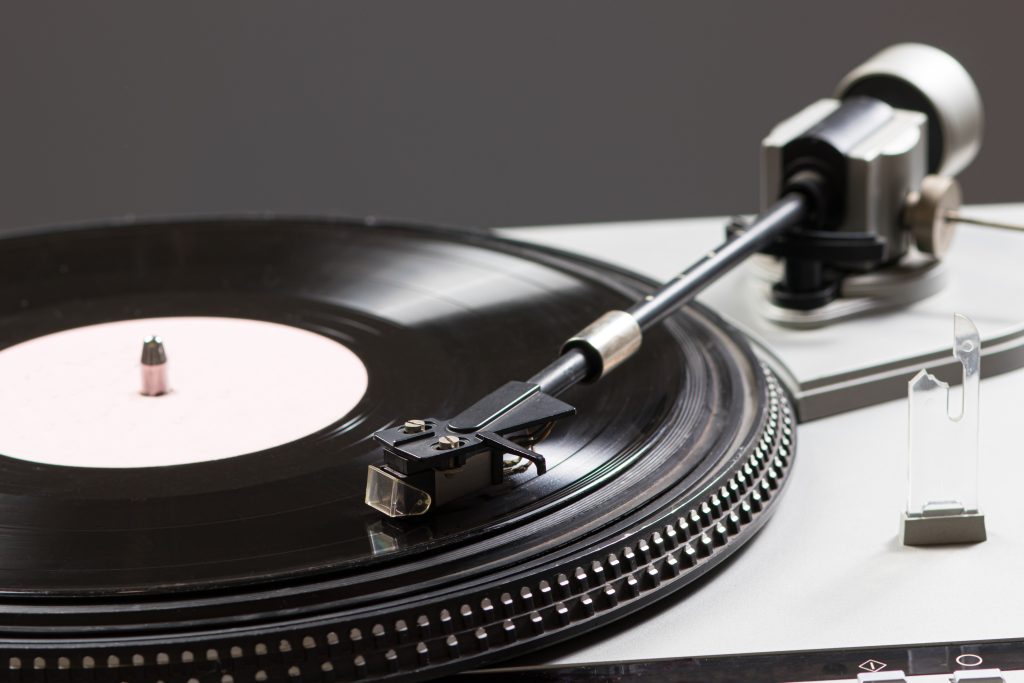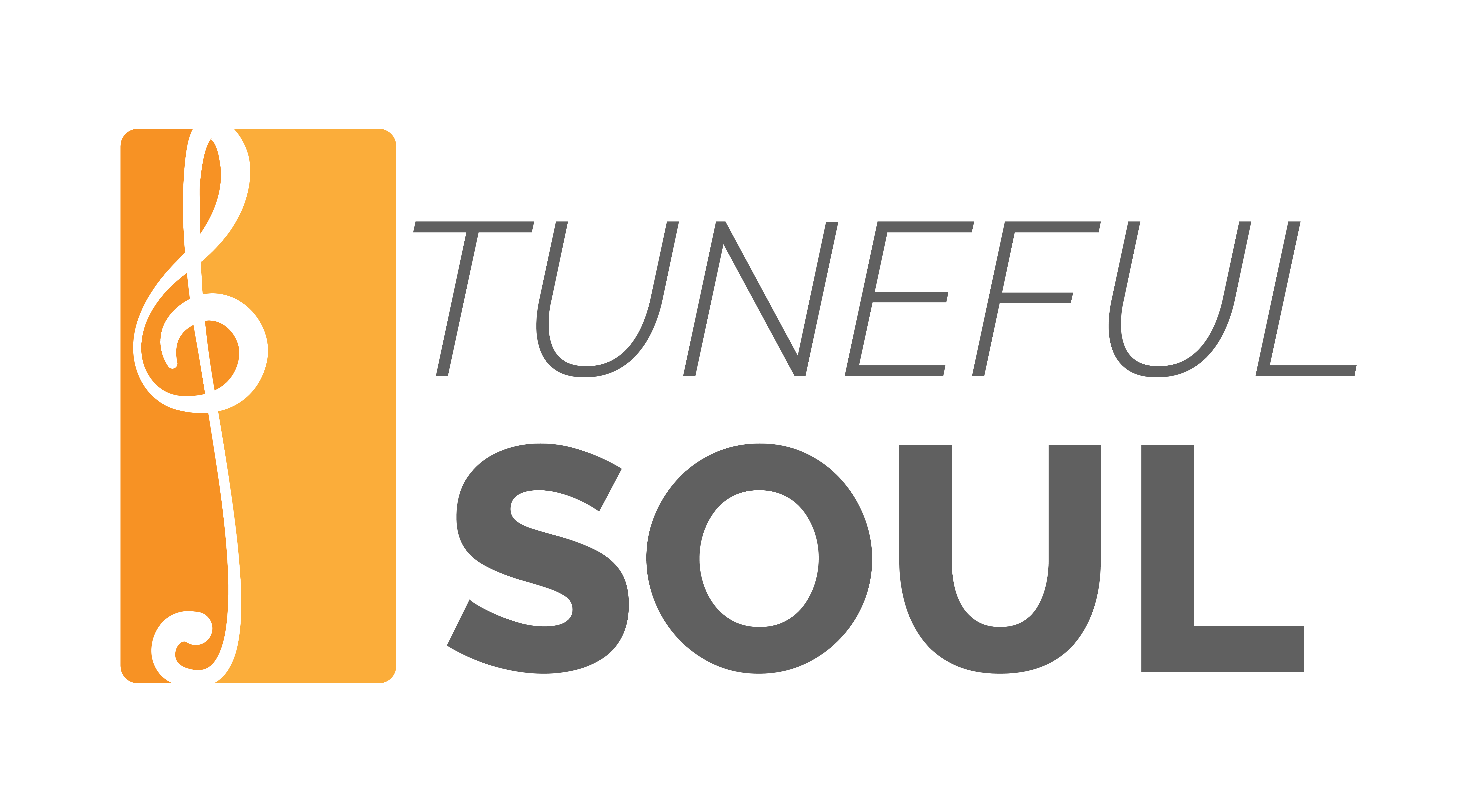Extended Play: A Release Strategy For The Contemporary Listener
Who would pay for an album with less than five songs? We wouldn’t for sure. We are not only referring to an album that’s 18 minutes and 40 seconds long. We’re also talking about an album that’s 30 minutes and 27 seconds long: the length of a Golden Era LP. The word “extended” has always been associated with something positive — having more than usual time or space, lasting longer than expected.

An extended play, or EP, is a short “album” released by recording artists and bands. An EP usually contains four to six tracks. Some artists and bands release EPs for promotional purposes, such as promoting an upcoming full-length album or accompanying a single.
With the likes of Spotify and iTunes having a short attention span, getting a handful of tracks together and releasing them as an extended play might seem like a great idea. It looks like it is. In reality, even though some extended plays sell well, most don’t live up to expectations.
Extended plays are seen as the new singles, but the day of selling a million copies of an EP like you used to sell a million copies of a single is over. Some artists, particularly in the emo genre, have begun to use EPs as a vehicle to flaunt their artistic skills and ability to write music. Some lo-fi bands have been incorporating the short length of an EP into their whole concept.
A lot of people like this trend because it’s like having a single song to listen to. The problem with releasing an EP is that the album that follows it is often given little to no attention, making it seem like the EP was not fun.
